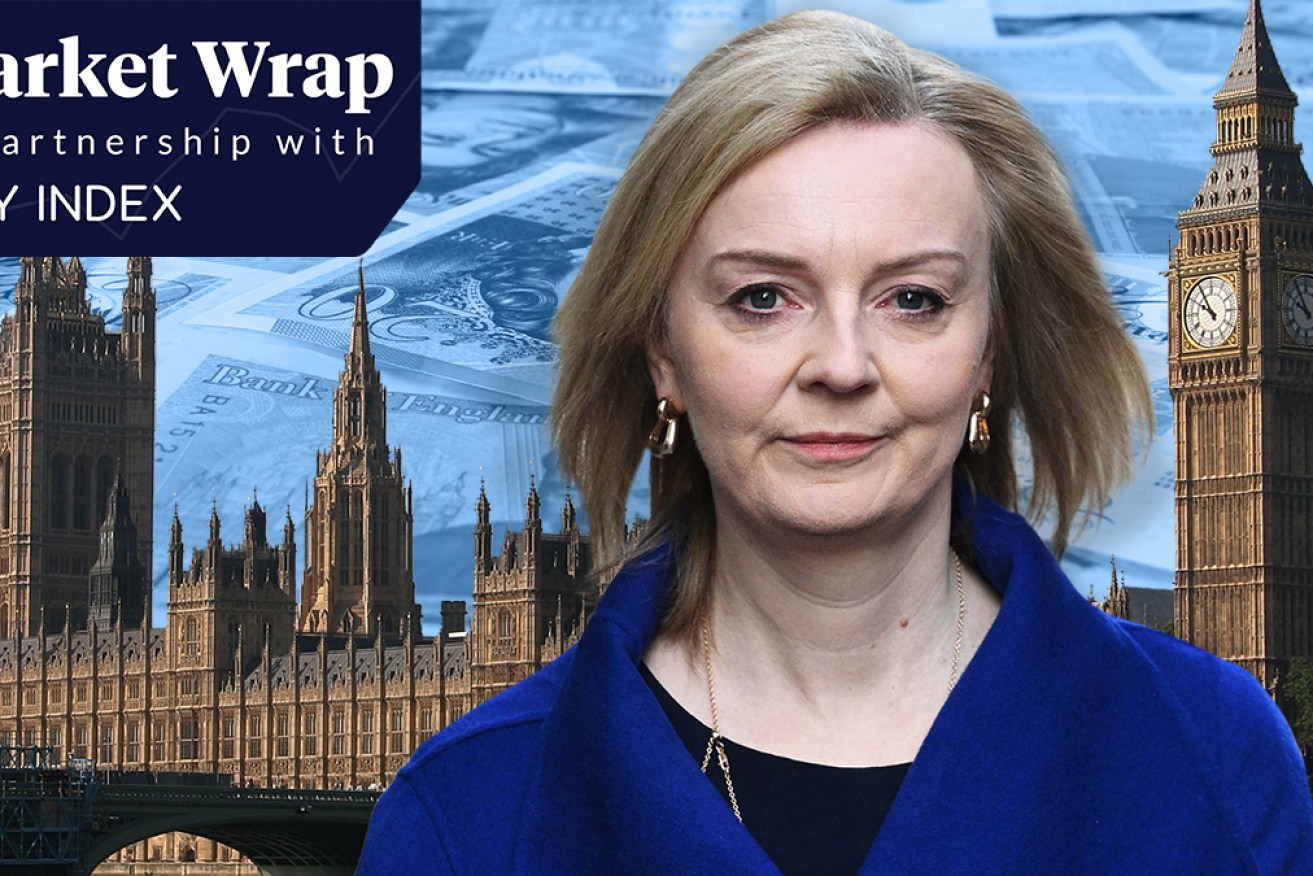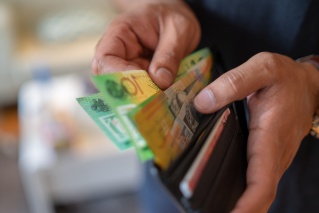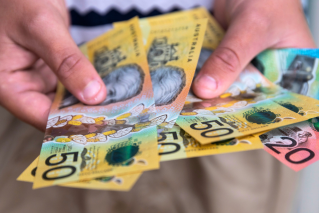Market Wrap: Volatility continues with pound’s flash-crash and a bearish US dollar

It has been another volatile week, with market direction largely driven by governmental policy errors and central bank interventions.
One Fed member said that he expects volatility to remain heightened (in ‘both directions’) until the Fed manages to get inflation under control.
So far this has proven true, with the high likelihood that volatility is here to stay.
Here are the top five things that happened in markets this week.
British pound crashes to record low
On September 16, 1992, George Soros broke the Bank of England and sent the pound crashing – people still talk about it.
Skip forward 30 years and it is almost as if the new UK government wanted to mark the occasion with its own attack on the pound.
Liz Truss’s mini-budget, described as risky, a gamble and outright ludicrous, saw the pound endure a flash-crash on Monday during Asian trade.
The GBP/USD hit a record low, and some pound pairs sustained their highest levels of volatility since Brexit.
Not bad for a fourth week in charge.
Bank of England to the rescue
No sooner had the BoE announced quantitative tightening, it found itself announcing a new round of quantitative easing – as it purchased government bonds with a maturity of at least 20 years to help support the British pound.
This surprised the many people who were expecting 200-basis points to jack up the currency.
And perhaps that will happen at BoE’s next meeting.
I can’t help but suspect the BoE steered clear of an emergency, ‘knee-jerk’ hike to emit some sort of composure – even if it was likely frantic behind the scenes.
And looking at how risk assets responded on Wednesday, it worked.
Appetite for risk restored, temporarily at least
The move by the BoE sent ripples across global markets on Wednesday, but this time it was good ones.
In a nutshell, risk-assets love quantative easing.
Wall Street lifted from multi-month lows and commodities rallied, while the US dollar and bond yields moved lower.
It was the most bearish day for the US dollar index since March 2020, which saw all FX majors rise against it.
Whether this sentiment will last remains to be seen, but it has been enough to wash out plenty of bears who had outstayed their welcome, and trigger a retracement phase for highly correlated global markets.
Low iPhone demand was the rotten apple
Sadly, Apple missed out on the risk-on bounce after warning investors that iPhone demand was falling.
The plan to boost production of its new iPhone has been scrapped, with sources claiming Apple has asked suppliers to cut back production by about six million units in the second half of the year.
Apple shares fell more than 4 per cent after the open, although it clawed back earlier losses to close 1.3 per cent down.
Let’s not forget Biogen’s Alzheimer’s test
An Alzheimer’s drug made by Biogen and Eisai yielded positive results, such as slowing the functional and cognitive decline of early-stage patients.
It was claimed that the drug Lecanemab slowed progress of Alzheimer’s by about 27 per cent compared to the placebo.
Shares leapt higher like a jack in a box, closing about 40 per cent higher during its second-best day on record.








